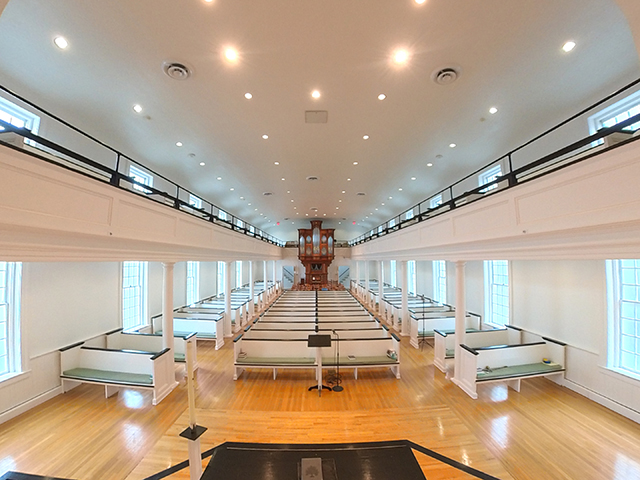Aural Heritage
Digital Reconstruction of Aural Heritage of Three Historic Places
Funded by Florida Department of State, Division of Historic recources, Small Matching Grant (24.h.sm.300.061)
Virtual reality (VR) technologies have grown and have been constantly evolving over the past few decades. It provided an interesting, attractive, and productive means to educate a wide range of audiences about a variety of topics. Historic preservationists use these technologies to represent, restore, reconstruct and educate cultural heritage. Social scientists use them to conduct research by letting subjects directly experience realistic and multisensory scenarios in a controlled environment to study social interactions and human behavior. Environmental scientists use them to produce highly engaging experiences which can lead to greater focus on the learning topic.
VR technologies have been used in cultural heritage as well due to their potential to create a perceptually accurate audio-visual scene and their high ecological validity. Ambisonics allows researchers to record spatial audio of an acoustic environment and reproduce it in a playback setup. The ambisonic recordings with 360 panoramic images and videos can provide more accurate audio-visual correction with the recorded virtual acoustic environments.
The current project is to generate a virtual reality environment where people can experience the soundscape of the Cathedral Basilica of St. Augustine, the First Presbyterian Church of Tallahassee and the FAMU Lee Hall Auditorium. 360 panoramic images and videos and ambisonics recordings were used to reproduce the acoustic environments, and the Unity game engine and an audio spatializer were used to synthesize sound sources in the virtual acoustic environments of the cathedral. A laser scanner was used to capture the real (in situ) condition of the three spaces and to create points cloud and 3D digital textured meshes.








